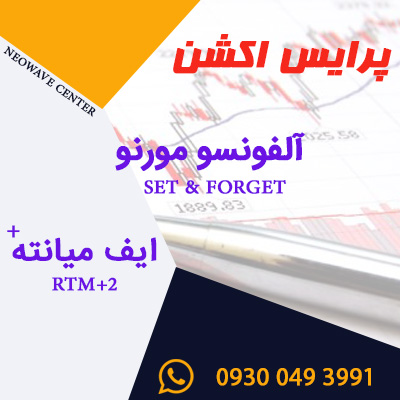What is your view on pyramiding (i.e., adding to successful trades)?
ANSWER:
The concept of a pyramiding, while great in theory, rarely works well in practice. First, there is the inclination to add to a position after a large gain. Why? A sizeable gain convinces you “I was right” about the past so I’m probably going to be “right” about the future, which is when greed kicks in. You say to yourself, “The market did exactly what I thought, so my scenario is on track. I could make so much more money if I doubled my position.” With a significant, forecasting success under your belt, along with plenty of buffer to protect your original position from loss, plus a sizeable dose of ego and greed, there is a strong human tendency to focus on how much you might make instead of what could go wrong.
In the real-world, when a market has advanced in your favor, and you add to you position, your new “breakeven” point advances halfway between the two entries (assuming the same position size at both points). After pyramiding, the market need only retrace 50% (between your first and second entry) to reduce your profit to zero. Since emotions tend to run highest at market peaks and troughs, there is a strong propensity to add to a position when your profit is greatest (i.e., at a market peak), which creates the likelihood of a sizeable reaction (i.e., the 50% retracement needed to reduce your gain to zero).
When you see a large profit drop to zero, it can be emotional and demoralizing. As the market drops below breakeven, with your position twice its original size, you will lose money twice as fast as previously gained. That is the point when panic typically sets in and most exit. Even if you were eventually right about the market’s trend, the common result of pyramiding (averaging up) is that your position is stopped out at breakeven or worse. Pyramiding can have far more devastating consequences if your additional positions are larger in size than your original.








آخرین دیدگاهها